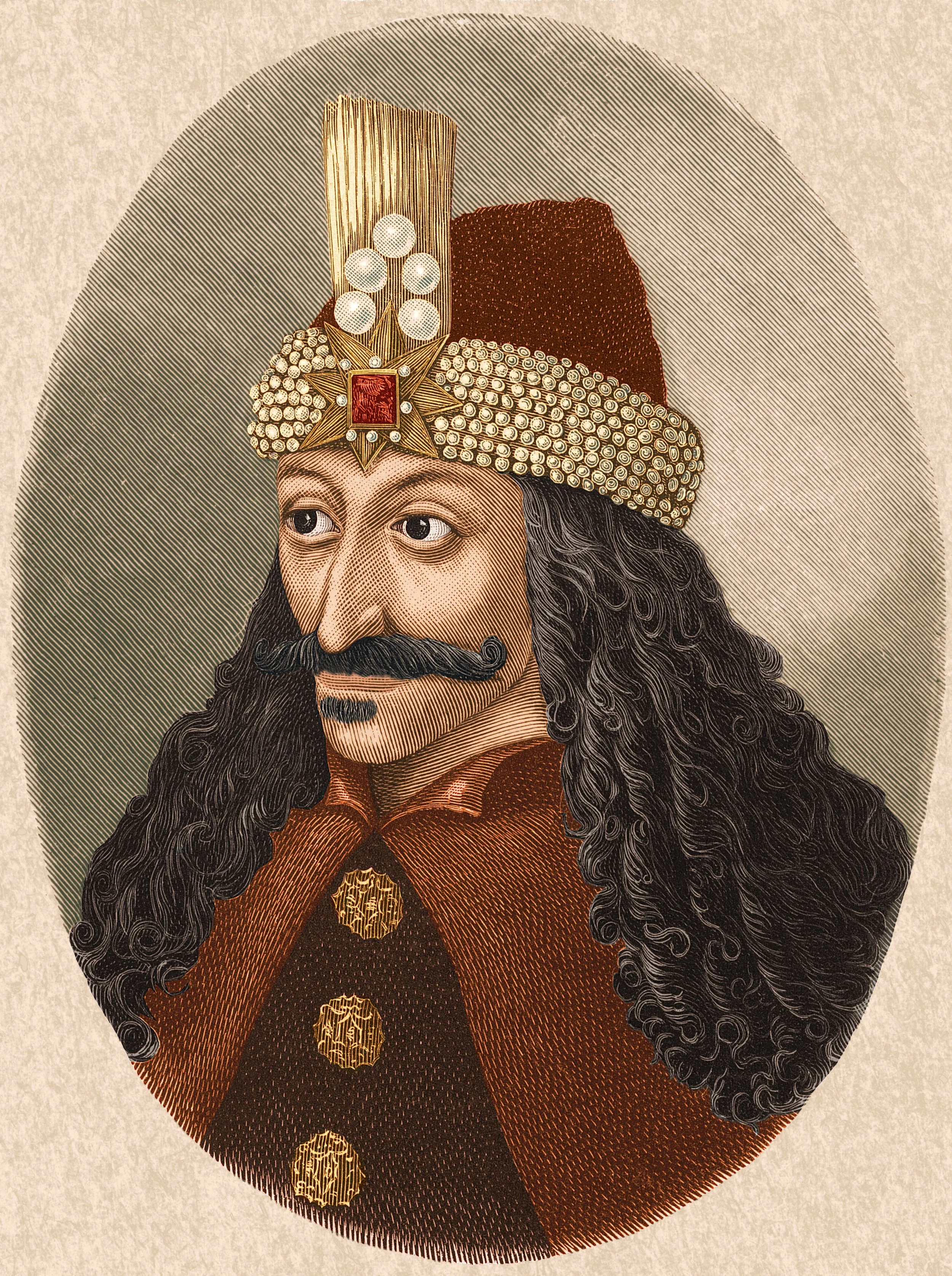Bloody Elizabeth Bathory: Stories of the Serial Killer Countess
Along with Vlad the Impaler, Countess Elizabeth Bathory may be one of history’s most infamous inspirations for the vampire legend. Born in the century following Vlad’s reign and also hailing from Transylvania, Bathory kept her murders local, unlike the war crimes attributed to her gruesome predecessor. Her reputation for brutality emerged from the torturous treatment of her victims — an alleged habit, according to History.com, that she freely enjoyed for years until even her royal background could not spare her from the repercussions.
Bathory was born on August 7th, 1560, to Hungarian nobility. Her direct family commanded Transylvania, while her uncle Stephen Báthory ruled Poland. At 15 years old, her marriage to Count Ferencz Nádasdy gained her a home in the expansive Castle C̆achtice (or Csejthe). From 1585 to 1595, the couple produced five children, three or four of whom survived.
Nádasdy spent most of this time away from the castle in combat with Ottoman Turks, and Bathory was left to indulge her growing taste for blood. History.com claims Nádasdy may even have “participated in his wife’s cruelties” at this point, building her a torture chamber within the castle. Whether or not he had much to do with Bathory’s crimes, his death in 1604 allowed her to take charge of the family estate, reports her Biography. It was around this time the horrific allegations began to emerge.
Her own servants, and peasant girls from the area, made easy targets. According to History.com, Bathory colluded with her former nurse Ilona Joo and the alleged witch Dorotta Szentes to abduct young women and bring them to Castle C̆achtice. Some were tortured by submersion in wintry ice baths, some covered in honey and left for insects to feed on, some cut, pierced by needles, whipped by nettles, or burned. The modern addition of her bathing in the blood of young virgins is the least likely of these stories: witness accounts never included it, and its first elaboration appears a century after Bathory’s death. Yet the ample accounts of her other crimes against peasantry were largely ignored due to her status. It took until accusations of mistreating noblewomen for the consequences to descend on Bathory.
These consequences followed from the inspection of her cousin Count György Thurzó, the lord palatine of Hungary, on December 29th, 1610. Britannica states that Hungary’s King Matthias had ordered the investigation, and as Thurzó collected depositions from the locals, the figures climbed to over 600 girls tortured and killed by Bathory and her accomplices.
Even when confronted in the act of torturing a victim, Bathory was permitted imprisonment within her castle, as her status shielded her from a regular jail. Four of her servants, however, faced the full treatment of the law, arrested and tortured preceding their trial the following January. They confessed to burying up to 51 victims, though denied involvement in any murders, and implicated Bathory as well as a deceased maid and governess, Darvulia. Three of the servants were executed, while the fourth’s fate is unknown. Biography also mentions the execution of a woman who “supposedly used magic to aid Bathory,” likely Dorotta Szentes. Bathory remained in Castle C̆achtice until her death in August 1614 at 54 years old. As she was never convicted of a crime, Bathory’s property “passed to family members instead of being seized,” according to Biography.
How probable are the crimes of Elizabeth Bathory? Though it’s true her position would have allowed her to carry out these misdeeds, that noble position could also have been a reason for false accusations. Her inheritors benefited from her ultimate death, and according to Britannica, these relatives nullified a debt King Matthias owed them in exchange for being allowed to handle Bathory’s legal fallout. And though Thurzó’s investigation was extensive, out of 289 witness accounts, “more than 250 offered either hearsay or no information whatsoever.” Also damningly, a key official who had made allegations of Bathory’s own confession failed to testify. The 400-year-old case may be impossible to settle either way with certainty.
No matter their veracity, legends of Elizabeth Bathory have only become more potent, transforming the noblewoman into the second-bloodiest vampire of Transylvanian history.






